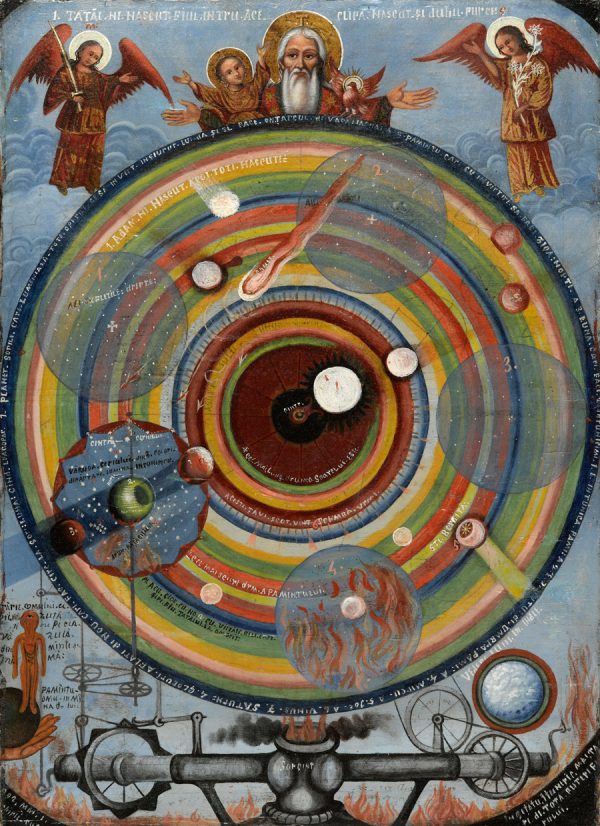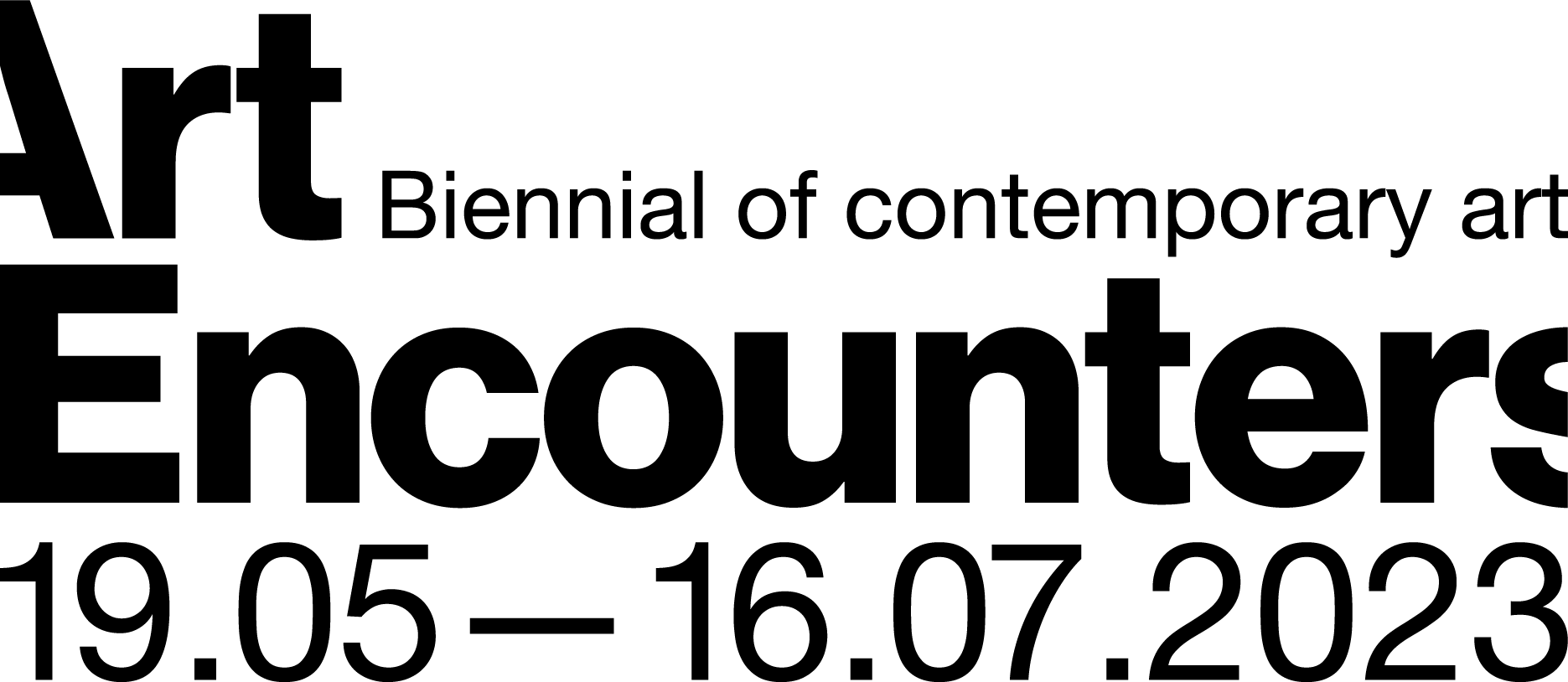
Art Encounters Foundation
Artists, participants: Nora al Badri, Chiril Cucu, Albrecht Dürer, Arantxa Etcheverria, Constantin Flondor, Kata Geibl, Liat Grayver & Marcus Nebe, Veronika Hapchenko, Eugène Ionesco, IRWIN, knowbotiq, Kazimir Malevic, Ciprian Mureșan, Museum of Antiquity, Christodoulos Panayiotou, Pors & Rao, Anca Munteanu Rimnic, Karin Sander
Curatorial team: Cristina Bută, Monica Dănilă, Edith Lázár, Ann Mbuti, Adrian Notz, Cristina Stoenescu, Georgia Țidorescu
In 1515, Albrecht Dürer created his renowned Rhinocerus in response to a strange encounter: the first rhino since antiquity to travel to the European continent. But Dürer had never seen the depicted animal. Ganda, by its Gujarati name, drowned before reaching its destination. Its voyage around the world mapped a geopolitical trajectory and reminds us that less-known stories of exploitation and violence overshadowed the histories of exploration and discovery. Engaging with other works of fiction, such as Eugène Ionesco’s Theatre of the Absurd entitled Rhinocéros, the biennial follows the stories inspired by Ganda, reclaiming the imaginative play of science and art in an entangled world marked by environmental and societal transformations.
A “nailhouse” in the middle of the new ISHO complex, the Art Encounters Foundation stands like a resistant real estate holdout – and its operations centre. The house presents possible starting points of the continuous flow of art and science. Sharing narrative spaces in the knowledge of the world’s creation alongside religion – or rather its spiritual ethos – reveals the invisible structures governing our world. Two historical anchor points are set here: the creation of modernity, and for that matter of art and science, by a pope; and the Icon of Modernity, humanity’s last horizon as an avant-garde response to the rapid development of technology and science, a century ago. From thereon, the space threads many routes into the contemporary era, where artists work with and question the latest digital technologies and the new economies they herald.
Chiril Cucu, Pamantul – Omul – În mana Domnului, 1892, oil on wood, 58 x 41 cm, signed and dated May 1, 1892, lower left; on verso holograph text, date and author’s signature in pencil (T.A.P.)




